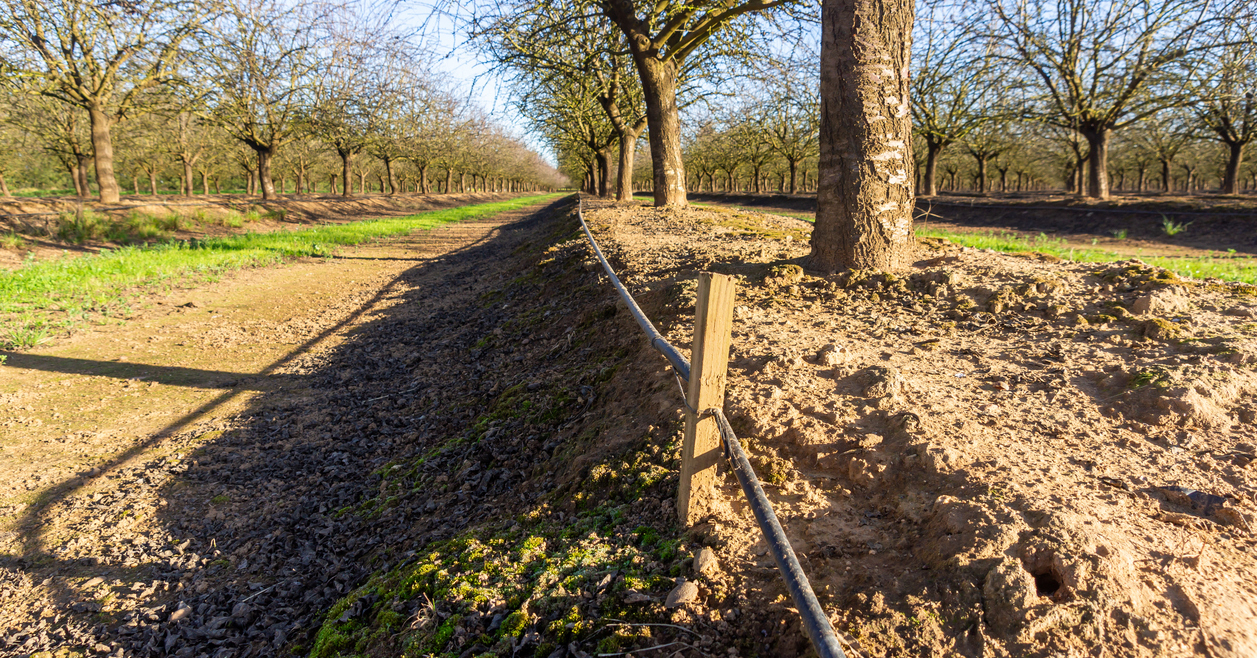Which Georgia Tree is Right for You?
Since July of 2017, we’ve been assembling a list of trees found in Georgia, and it’s grown substantially since we debuted with the Sugar Maple! As we settle into fall (one of the best times of year for new planting), we wanted to gather this veritable forest of features in one place for you.
Please note that not every tree here is a Georgia native, but we’ve taken care to ensure that they do well in our area. Here are some of the factors to consider when deciding what to plant.
Loveliness with Longevity
If you’re in it for the long-haul, the Southern Live Oak may be one of our region’s most signature and stately selections. Plan ahead when planting, as they command a great deal of space both above ground and below, and can take 70 years to reach their full circumference.
The Shagbark Hickory is another magnificent species that can also take a few decades to mature, but it’s extremely adaptive and requires little fuss. The American Sycamore could be a fantastic alternative if you’re looking for a hearty hardwood that will fill out much more quickly.
Providing A Fancy Flourish
When it comes to a brilliant shower of springtime blossoms, there’s a reason the South is decorated with the Flowering Dogwood. This popular tree is also lovely in nearly every season, with lush green leaves in summer, and red-tinted foliage in fall.
If you’re looking for a real showstopper, the Yoshino Cherry is not only gorgeous, but also tolerant of most soils, as long as you keep it well-watered. For a differently distinct aesthetic in your yard, the Paperbark Maple adds uniqueness in both texture and color.
Mixed with Fruits and Nuts
Looking for a tree that provides more than shade or showiness? The Butternut Tree yields uncommonly delicious nuts enjoyed by people and animals alike. (But consult with an expert before planting to choose the best location and transplant time in order to properly care for their rapidly developing root system.) If you’ve got room on your property to keep it away from vulnerable plants, the Eastern Black Walnut is another tree whose nuts will please both your family, and the squirrels.
Beyond the popular peaches and apples we see in our state, if a fruiting tree is what you want, consider the Persimmon! This tree comes in two varieties that produce fruits of quite different flavors, but both can punch up what’s in your pantry.
Evergreen Excellence
Going green can be practiced in your yard all year long with these beauties. The Leyland Cypress is often a popular choice for a Christmas tree look, while the Canadian Hemlock grows its own adorable little pinecone ornaments. If your land can get a bit waterlogged, the Spruce Pine will allow you to enjoy some bushy green boughs without getting bogged down.
There are many more fantastic trees to grow and enjoy in Georgia, and our expert arborists can help you select and care for the ones that suit you best. Browse through all of our Georgia Tree Know-It All features, and then call (404) 252-6448, or request a consultation with us online.
- American Holly
- American Hornbeam
- American Sycamore
- Black Cherry
- Black Locust Tree
- Butternut
- Canadian Hemlock
- Chaste Tree
- Dahoon Tree
- Devilwood Tree
- Eastern Black Walnut
- Eastern Cottonwood
- Eastern Hemlock
- Eastern Redbud
- Eastern White Pine
- Evergreen Tree
- Flowering Dogwood
- Grancy Greybeard
- Green Ash
- Hawthorn Tree
- Honey Locust
- Japanese Cryptomeria
- Japanese Maple
- Lacebark Elm
- Laurel Oak
- Leyland Cypress
- Loblolly Pine
- Longleaf Pine
- Ogeechee Lime Tree
- Paperbark Maple
- Persimmon
- Possumhaw
- Sassafras Tree
- Shagbark Hickory
- Slash Pine
- Sourwood Tree
- Southern Live Oak
- Southern Magnolia
- Spruce Pine
- Sugar Maple
- Sugarberry Tree
- Sweetbay Tree
- Tulip Magnolia
- Two-Winged Silverbell
- Umbrella Magnolia
- White Ash
- Willow Oak
- Yaupon Holly Tree
- Yellow Buckeye
- Yellow-Poplar Tree
- Yellowwood Tree
- Yoshino Cherry







